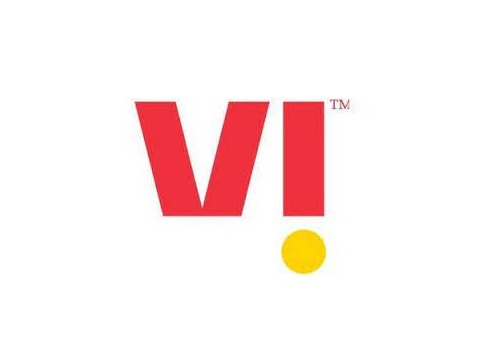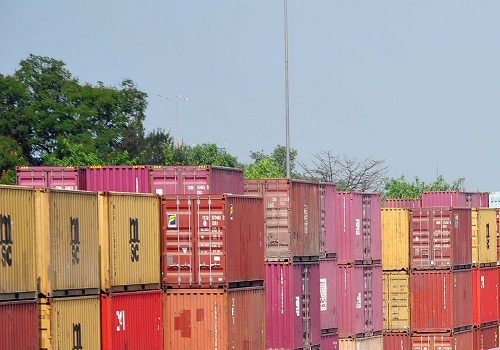Mobile users can now access network coverage map on telcos` websites

In a bid to boost transparency and empower mobile subscribers, telecom service providers (TSPs) have published mobile network coverage maps on their websites, as per the mandate given by the Telecom Regulatory Authority of India (TRAI).
The coverage maps offer a variety of user-friendly features for easy accessibility and navigation with standard colour scheme.
It also provides the option to see the coverage of specific technology like 2G, 3G, 4G or 5G offered by respective TSP in their area of interest.
Users can use search options or enable location on their device to navigate to their current location. The toggle switch or technology selection button may be used to select coverage maps of technology of their interest, according to the Ministry of Communications.
The TRAI regulations mandates that “Every service provider providing access service (wireless) shall publish on its website the service wise geospatial coverage maps in such a manner and format, as may be directed by the Authority from time to time, for the geographical areas where wireless voice or wireless broadband service is available for subscription by consumers.”
As per the regulations, the publication of mobile network coverage map was to be completed by April 1, 2025.
To enable easy user access, these links of mobile coverage maps have been consolidated on TRAI website. The coverage maps of different service providers can also be accessed on TRAI website.
“The mobile subscribers may share their feedback or report any major discrepancy in coverage representation with their service provider through user feedback feature available on coverage maps. However, users may kindly note that actual mobile coverage experience may sometime vary from the coverage shown in map, including in indoor areas, as it depends upon various dynamic parameters,” according to TRAI.
The mobile network coverage maps are not only useful for subscribers but also provide status of telecom coverage across the country which can be used by different stakeholders for planning and rollout of e-enabled initiatives.
These maps may also be used for data driven evaluation of requirements of any regulatory or policy intervention.
























